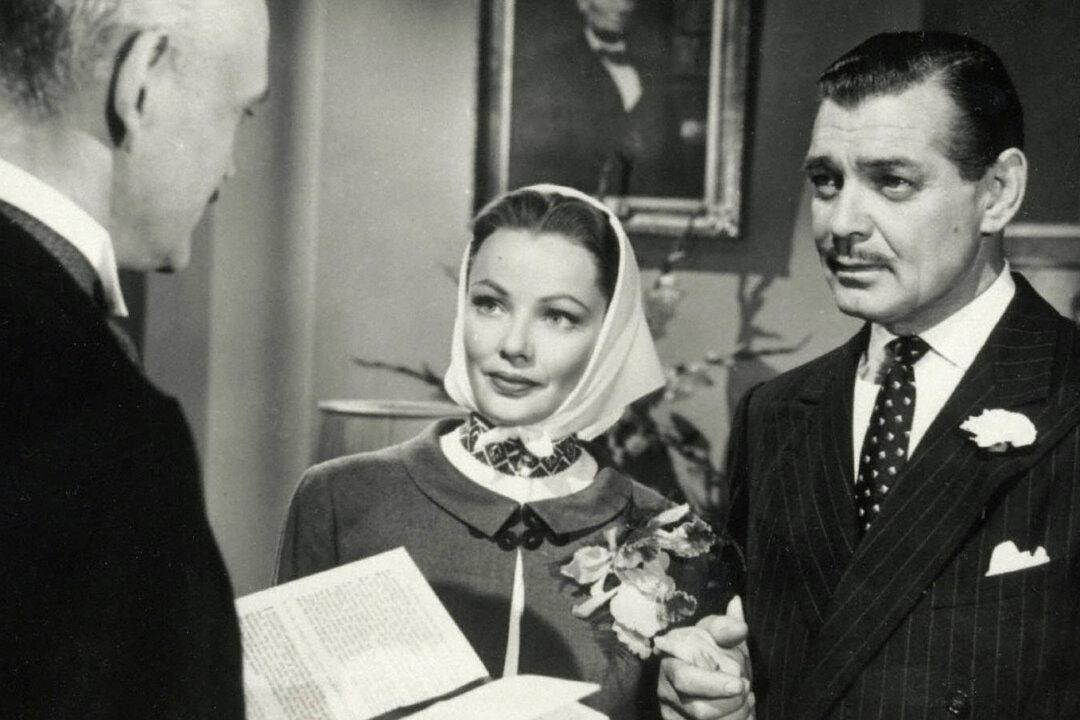Commentary
The Cold War is generally associated with the 1960s or the late 50s. However, some movies from years earlier prove that Americans began to suspect Russia’s interest in democracy and peace as soon as World War II ended. As the Allies tried to rebuild Europe after the damage the Nazis had done, they quickly realized that the Soviets had just as little regard for human life and personal freedom.





